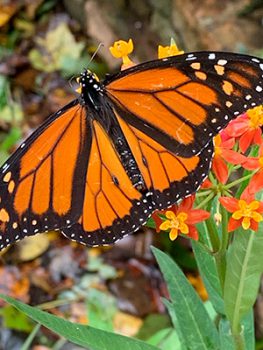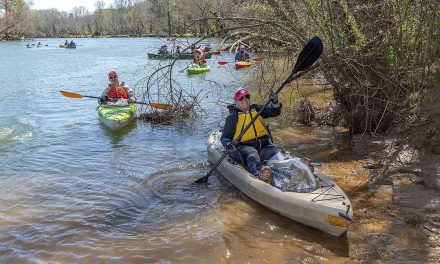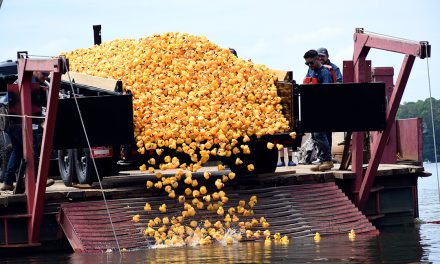 Each fall, thousands of monarch butterflies stream across the southern U.S. on their journey to wintering grounds in central Mexico. In the spring, this eastern population of monarchs returns to the U.S. and Canada to breed.
Each fall, thousands of monarch butterflies stream across the southern U.S. on their journey to wintering grounds in central Mexico. In the spring, this eastern population of monarchs returns to the U.S. and Canada to breed.
But not all monarchs migrate to Mexico. Some breed throughout the winter in the southern U.S., and scattered reports show that other monarchs might overwinter here in a non-reproductive state. Researchers and others studying monarchs are seeking more information to understand why and what it might imply for monarchs, a candidate for listing under the
federal Endangered Species Act. For this, they need the public’s help.
In a collaborative effort called Journey North, Monarchs Across Georgia, the University of Georgia and the Georgia Department of Natural Resources are encouraging people to report monarch sightings from December through March in coastal states including Georgia. The other states are Texas, Louisiana, Mississippi, Alabama, Florida, South Carolina, and North
Carolina.
“We are reaching out to you, the community of nature enthusiasts and monarch observers, to ask for your help in monitoring locations of wintering monarchs in the U.S,” said Sonia Altizer, an ecology professor at the University of Georgia and director of Project Monarch Health.
Understanding monarch migration and overwintering behavior is critical to conserving these butterflies. Studies have shown that monarch migration has changed in recent years in response to human activity.
Journey North coordinator Nancy Sheehan pointed out that citizen scientists have “a long history of being a part of scientific discoveries. I am sure the Journey North community – and future members – will hear this call to action and not only submit sightings but don their boots to help with any targeted conservation efforts identified through this effort.”
For 25 years, observers have reported monarch and milkweed observations to Journey North. The information was then used to create real-time mapping visualizations of monarch migration and the presence of milkweed, the only plant that monarch caterpillars eat. Monarch observations can be submitted December-March to the Journey North citizen-science project.
Visit JourneyNorth.org/monarchs to learn how to report monarch sightings.
Photo: Vicki Hope







